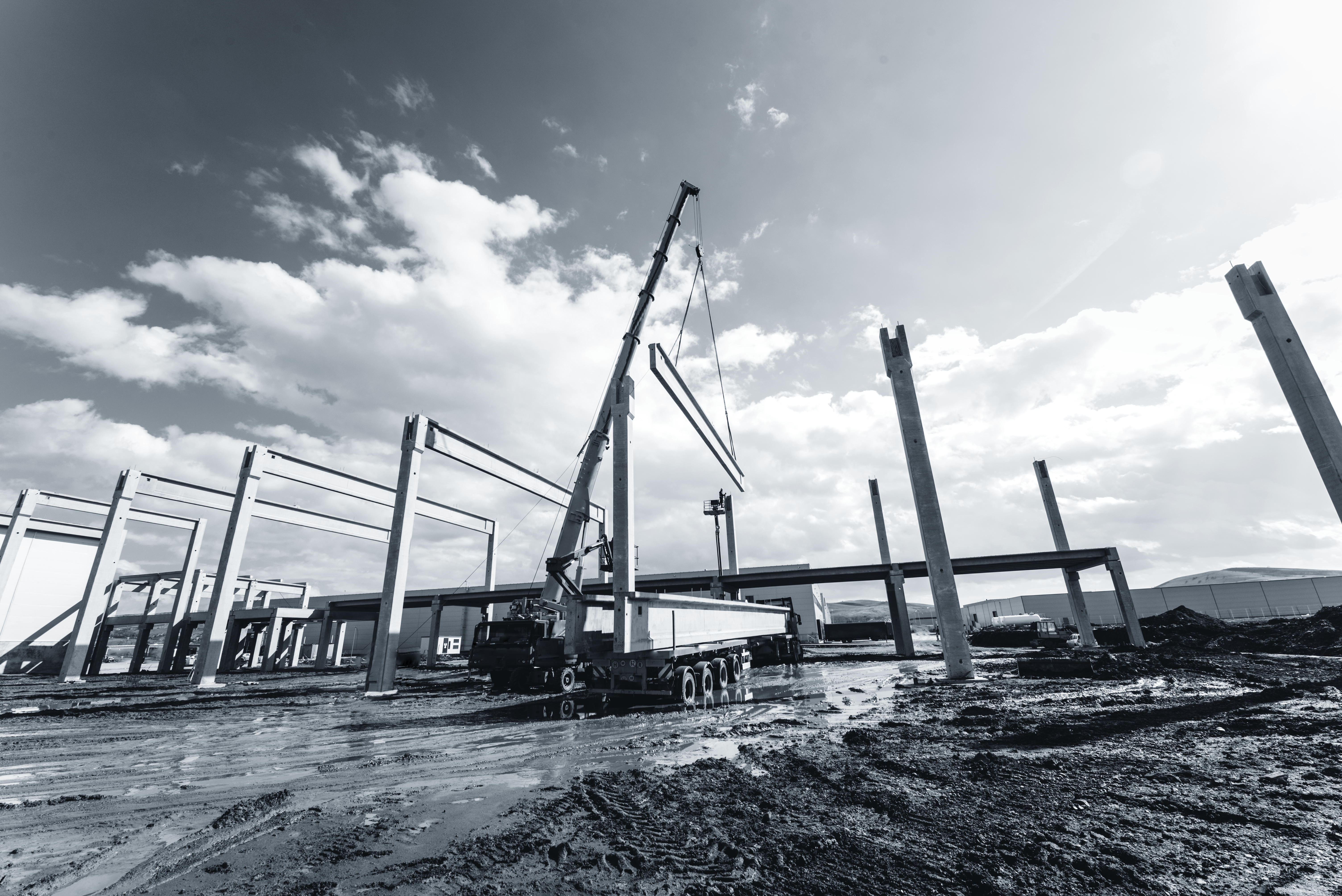The construction, natural resources, and manufacturing industries have historically been fraught with hazards, but recent advancements in technology and safety protocols are making significant strides in improving worker safety and efficiency. This article explores some of these innovations, shedding light on how they are transforming traditionally high-risk workplaces.
1. Enhanced Training through Technology
Training is a cornerstone of workplace safety. Recent trends show an increasing reliance on technology to provide interactive training courses, including software and mobile applications that enable on-the-go learning and hazard reporting.1 This approach not only accommodates different learning styles but also fosters better communication among employees regarding safety concerns.
A trending aspect of this training is gamification, which increases motivation and adherence to safety standards by adding an element of competition and reward. DB Schenker utilizes gamification in forklift operator training to enhance workplace safety.2 The logistics company has developed a virtual reality training program where employees practice operating a forklift in a simulated warehouse environment. This training includes scenarios that are challenging to replicate in real life. The gamified element comes with time limits and leaderboards, motivating employees to improve their performance.
2. Wearable Devices for Safety Monitoring
Wearable technology has become integral in monitoring employees’ health and safety. Devices such as connected wristbands and smart helmets are now widely used to track various health metrics like heart rate and physical exertion. Alerts from these devices prompt workers to take necessary precautions, effectively preventing incidents.
Advanced helmets provide real-time data overlay, enabling workers to see instructions, safety information, or maps directly in their line of sight. This increases situational awareness and safety for workers in these high-risk environments, making it a valuable tool in these industries.
3. The Internet of Things (IoT) for Workplace Safety
The Industrial Internet of Things (IIoT) is revolutionizing workplace safety through smart sensors and devices capable of continuously monitoring their surroundings. These innovations include hazardous material sensors and equipment monitoring devices, offering real-time data for rapid identification of potential hazards.
US-based start-up VOS Systems’ CoRe platform uses 5G-enabled sensors to gather real-time data from employees, equipment, and assets.2 This setup allows for the constant monitoring of the work environment, enabling swift identification and response to safety hazards, thus significantly improving overall workplace safety
4. Drones and Robotics
Drones and robotics are now commonplace for tasks like site inspections and operating in hazardous conditions. Fully autonomous drones are designed for accurate and reliable data capture in various environments, including underground mines and heavy industrial setups. These drones facilitate workplace inspections without exposing employees to hazardous conditions, reducing risks and improving safety in challenging and dangerous work environments
5. Collaborative Robots (Cobots)
Cobots are being deployed to reduce the physical strain on workers, especially in high-risk lifting activities. These robots assist in tasks that could lead to injuries or expose workers to hazardous conditions, thereby improving safety and reducing ergonomic risks (StartUs Insights, 2023).
AMRs designed by Turkish startup Bottobo work alongside humans, leveraging an AI-based warehouse intelligence system to control and schedule tasks.2 This approach reduces ergonomic hazards and the risk of injuries associated with manual material handling, making the workplace safer and more efficient.
6. Prioritizing Mental Health
Acknowledging the psychological aspect of worker safety, there’s a growing emphasis on mental health in the construction industry. Efforts include comprehensive risk assessments that cover mental well-being, sharing resources, and offering peer support. This approach aims to cultivate a healthier and more resilient workforce.1
Paradigm Shift in Workplace Safety
The construction, natural resources, and manufacturing industries are embracing a variety of technological innovations to enhance safety and efficiency. From wearables and mental health initiatives to the use of cobots and gamification in training, these sectors are experiencing a paradigm shift. These technologies and approaches are not just trends; they are foundational elements for a safer future in these high-risk industries
Cited Sources
1 “EHS & ESG Management Software.” Evotix. Accessed March 13, 2024. https://www.evotix.com/.
2 StartUs Insights. “Top 8 Workplace Health and Safety Trends & Innovations in 2023.” StartUs Insights, December 15, 2022. https://www.startus-insights.com/innovators-guide/workplace-health-safety-trends/.




